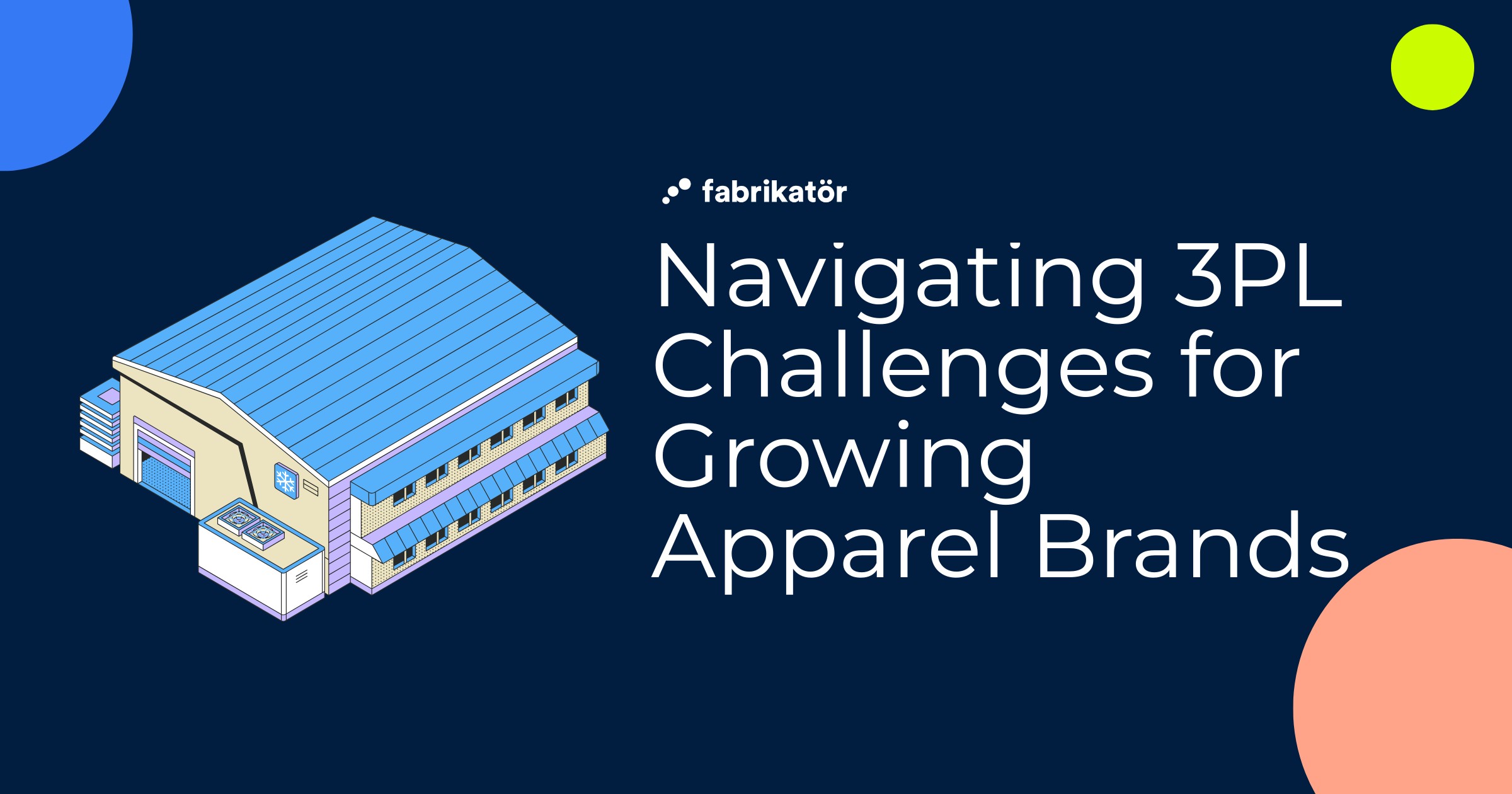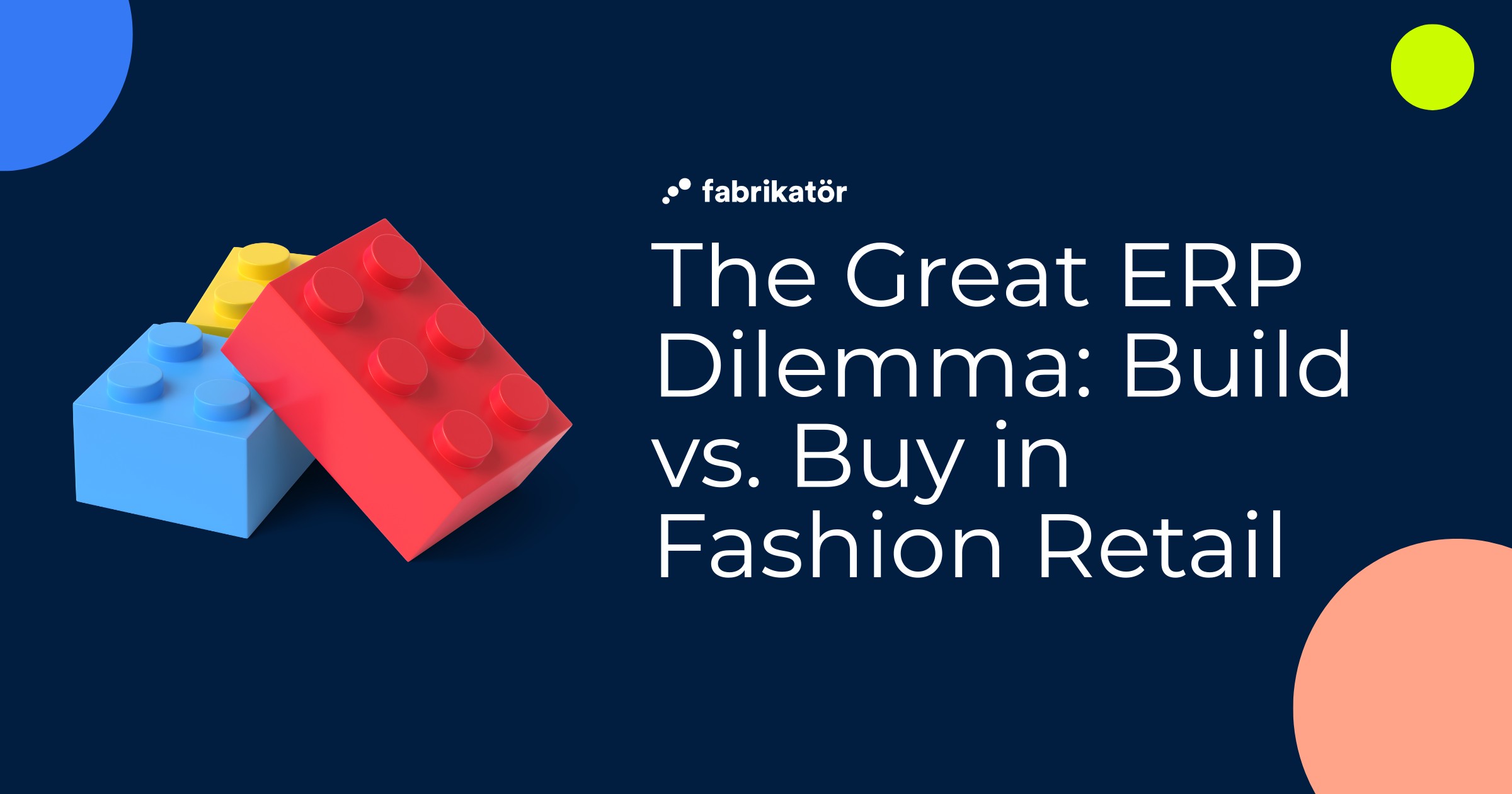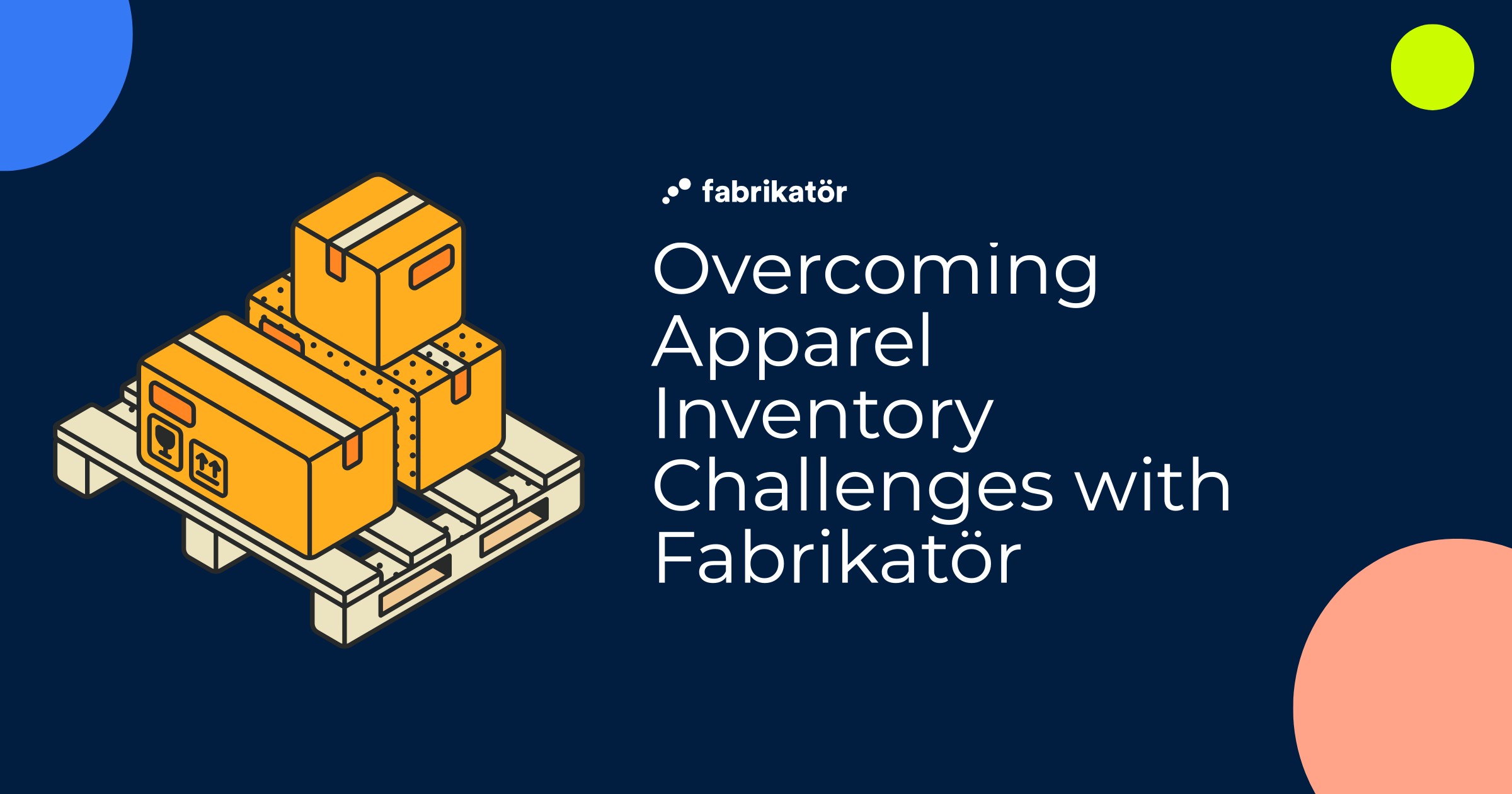How AI Agents Will Transform Demand Forecasting for Commerce Brands

The conversation around AI in e-commerce has been dominated by chatbots and content generation. But the real transformation is happening in the back office, where AI agents are beginning to reshape how brands forecast demand and manage inventory.
Unlike the AI tools that help you write product descriptions or answer customer questions, AI agents for demand forecasting operate differently. They don't just analyze data or make predictions. They observe, learn, and take action autonomously within your operational workflows.
This shift represents a fundamental change in how commerce brands will approach inventory planning. We're moving from reactive spreadsheet management to proactive, intelligent systems that can anticipate market changes and adjust purchasing decisions in real time.
Beyond Prediction: The Agent Advantage
Traditional demand forecasting, even when enhanced with machine learning, follows a predictable pattern. You feed historical sales data into algorithms, generate forecasts, and use those predictions to inform purchasing decisions. The human operator remains central to interpreting results and taking action.
AI agents flip this dynamic. They don't just forecast demand – they understand the operational context around that forecast and can execute decisions within defined parameters.
Consider how this plays out in practice. A traditional forecasting system might predict a 40% increase in demand for winter coats based on weather patterns and historical data. An AI agent takes that prediction and immediately evaluates current inventory levels, supplier lead times, cash flow constraints, and promotional calendars. It can then autonomously adjust purchase orders, modify safety stock levels, or trigger supplier communications.
The agent operates with understanding, not just calculation. It knows that a 40% demand spike during a cash flow crunch requires different actions than the same spike when capital is abundant.
Pattern Recognition at Scale
What makes AI agents particularly powerful for inventory planning is their ability to recognize complex, multi-dimensional patterns that human operators often miss.
Traditional forecasting relies heavily on seasonal trends and historical performance. AI agents can simultaneously process weather data, social media sentiment, competitive pricing changes, influencer activity, supply chain disruptions, and dozens of other variables that impact demand.
More importantly, they learn how these variables interact. They understand that a 15-degree temperature drop combined with a viral TikTok trend and a competitor stockout creates a completely different demand scenario than any single factor alone.
This pattern recognition extends to operational behaviors too. AI agents learn how your specific brand responds to different situations. They understand your supplier relationships, your typical lead times, your seasonal cash flow patterns, and your risk tolerance. Over time, they develop institutional knowledge that persists even when team members change.
Real-Time Decision Making
Perhaps the most significant advantage of AI agents is their ability to operate in real time. Traditional planning cycles – whether weekly, monthly, or quarterly – create gaps where market conditions change faster than planning processes can adapt.
AI agents monitor market signals continuously. They can detect emerging trends, sudden demand shifts, or supply chain disruptions the moment they appear in the data. More crucially, they can respond immediately within pre-established guardrails.
This real-time capability becomes especially valuable during volatile periods. During the pandemic, many brands struggled to adapt their purchasing strategies quickly enough to match rapidly changing consumer behavior. AI agents could have automatically adjusted forecasts and purchase orders as lockdown patterns emerged, rather than waiting for quarterly planning reviews.
The speed advantage isn't just about reacting faster to problems. It's about capturing opportunities that disappear quickly. When a competitor stocks out of a popular item, an AI agent can instantly increase purchase quantities for similar products in your catalog. When social media signals indicate emerging demand for a specific color or style, the agent can prioritize those variants in upcoming orders.
Operational Context Awareness
What distinguishes AI agents from simpler automation tools is their understanding of operational context. They don't just execute pre-programmed rules – they adapt their decision-making based on current business conditions.
An AI agent managing inventory for a fashion brand understands that a stockout during Black Friday has different implications than a stockout in February. It knows that expediting a shipment makes sense when margins are healthy but might not when cash flow is tight. It recognizes that certain suppliers are reliable for rush orders while others require longer lead times.
This contextual awareness extends to understanding trade-offs. Traditional systems often optimize for single metrics – minimize stockouts, reduce carrying costs, or maximize turns. AI agents can balance multiple objectives simultaneously, making decisions that consider the full operational picture.
When faced with a supplier delay, an AI agent doesn't just flag the issue. It evaluates alternative suppliers, assesses the impact on different product categories, considers promotional calendars, and might automatically split orders across multiple vendors to minimize disruption.
Learning from Outcomes
Traditional forecasting systems improve slowly, typically through periodic model retraining with new historical data. AI agents learn continuously from every decision and its outcome.
When an agent increases purchase quantities based on early demand signals and the bet pays off, it strengthens the pattern recognition that led to that decision. When a strategy fails, the agent incorporates that learning into future decisions.
This continuous learning creates a compounding advantage over time. The agent doesn't just get better at forecasting – it gets better at understanding how to act on forecasts within your specific operational environment.
The learning extends beyond simple success or failure. AI agents can understand nuanced outcomes. They learn that certain suppliers consistently deliver early, that specific product categories respond differently to weather changes, or that particular marketing campaigns create demand patterns that don't show up in traditional seasonal analysis.
Collaborative Intelligence
Despite their autonomous capabilities, AI agents work best when designed to collaborate with human operators rather than replace them. The most effective implementations create a partnership where agents handle routine decisions and flag complex situations that require human judgment.
An AI agent might autonomously manage reorder points and safety stock levels for stable products while alerting the planning team when unusual patterns emerge that warrant human investigation. It could automatically adjust purchase quantities within defined ranges while requiring approval for larger deviations.
This collaborative approach leverages the strengths of both human and artificial intelligence. Agents excel at processing large amounts of data, recognizing complex patterns, and executing decisions consistently. Humans bring strategic thinking, creative problem-solving, and the ability to navigate unprecedented situations.
The key is designing systems where the handoff between agent and human feels natural and informative. The agent should provide context about why it's flagging an issue, what patterns it's seeing, and what options it has considered. This creates opportunities for human operators to provide feedback that improves the agent's future performance.
Implementation Realities
While the potential of AI agents for demand forecasting is significant, successful implementation requires careful consideration of practical realities.
Data quality remains fundamental. AI agents need clean, consistent data streams to function effectively. Brands with fragmented systems, inconsistent product catalogs, or poor inventory tracking will need to address these foundation issues before agents can deliver value.
The transition from traditional planning processes to agent-assisted operations typically happens gradually. Most successful implementations start with specific use cases – perhaps automated reordering for fast-moving products or dynamic safety stock adjustments – before expanding to more complex decision-making.
Setting appropriate guardrails is crucial. AI agents need clear boundaries about what decisions they can make autonomously, what situations require human approval, and how to escalate unusual circumstances. These boundaries should be flexible enough to allow the agent to adapt while preventing costly mistakes.
Change Management Considerations
The human side of AI agent implementation often proves more challenging than the technical aspects. Planning teams need to adapt their roles from making routine decisions to managing agent performance and handling complex exceptions.
This transition requires new skills and mindsets. Operators need to become comfortable with probabilistic thinking, comfortable with systems that make decisions they might not fully understand, and skilled at providing feedback that improves agent performance.
The most successful implementations involve planning teams in the agent development process from the beginning. When humans understand how agents make decisions and feel ownership over their performance, adoption tends to be smoother and outcomes better.
Future Implications
As AI agents become more sophisticated, they'll likely transform not just how brands manage inventory, but how they think about inventory strategy altogether.
Agents capable of real-time demand sensing and autonomous purchasing could enable much more responsive business models. Brands might shift from seasonal buying patterns to continuous inventory optimization, responding to market signals as they emerge rather than betting on quarterly forecasts.
The speed and accuracy of agent-driven planning could also enable new approaches to product development and lifecycle management. When agents can quickly detect emerging demand patterns, brands can respond with new products or variants much faster than current development cycles allow.
Perhaps most significantly, AI agents could democratize sophisticated inventory planning capabilities. Today, advanced demand forecasting and optimization typically require significant technical resources and expertise. As agents become more accessible, smaller brands could access capabilities that were previously available only to large enterprises.
At Fabrikatör, we're actively exploring how AI agents can enhance our inventory planning platform to help commerce brands make smarter, faster decisions. By combining our deep understanding of e-commerce operations with advancing AI capabilities, we're working to create systems that don't just forecast demand but understand how to act on those forecasts within each brand's unique operational context.
Check our new AI product to see how our evolving platform can bring more intelligence and automation to your inventory planning process.
The question isn't whether AI agents will transform demand forecasting and inventory planning. It's how quickly brands will adapt their operations to leverage this new form of intelligence, and how effectively they'll integrate agents into their existing workflows and decision-making processes.










